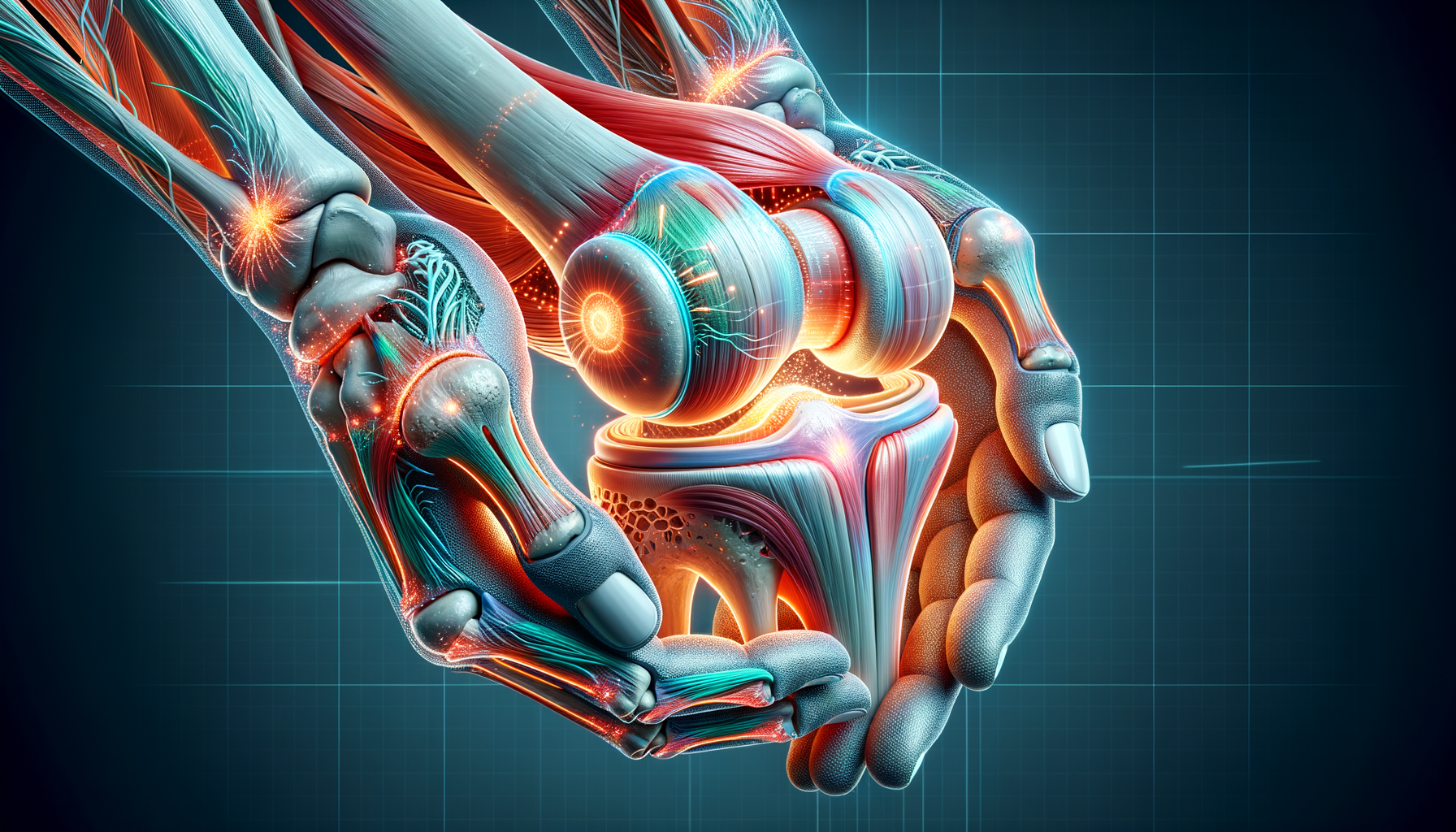
Explore Alternative Knee Pain Relief Options in North Carolina – Insights Beyond Conventional Treatments
Understanding Knee Pain and Its Causes
Knee pain is a common ailment that affects millions of people worldwide, including a significant number in North Carolina. Understanding the root causes of knee pain is crucial in addressing the issue effectively. The knee is a complex joint that bears a significant amount of the body’s weight, making it susceptible to various forms of stress and injury. Common causes of knee pain include osteoarthritis, ligament injuries, meniscus tears, and tendinitis. Each of these conditions has distinct characteristics and requires specific treatments.
Osteoarthritis is a degenerative condition characterized by the breakdown of cartilage in the knee joint, leading to pain and stiffness. It’s more prevalent in older adults due to the wear and tear of the joint over time. Ligament injuries, such as an anterior cruciate ligament (ACL) tear, often occur in athletes or individuals involved in high-impact activities. These injuries can cause severe pain and instability in the knee.
Meniscus tears are another frequent cause of knee pain, often resulting from a sudden twist or turn of the knee. This type of injury is common among athletes but can also occur in older adults due to the degeneration of the meniscus. Tendinitis, on the other hand, involves inflammation of the tendons around the knee joint, often resulting from overuse or repetitive movements.
Recognizing the specific cause of knee pain is essential for determining the appropriate treatment plan. Consulting with a healthcare professional can provide a clearer diagnosis and guide individuals towards effective management strategies.
Conventional Treatments for Knee Pain
Conventional treatments for knee pain typically focus on alleviating symptoms and improving joint function. These treatments range from non-invasive methods to surgical interventions, depending on the severity and underlying cause of the pain. Common non-invasive treatments include physical therapy, medications, and lifestyle modifications.
Physical therapy is often recommended as a first-line treatment for knee pain. It involves exercises designed to strengthen the muscles around the knee, improve flexibility, and enhance overall joint stability. A physical therapist can tailor a program to meet individual needs, focusing on exercises that reduce pain and prevent further injury.
Medications, such as nonsteroidal anti-inflammatory drugs (NSAIDs), are frequently used to manage pain and inflammation. These medications can be effective in providing temporary relief, but they do not address the underlying causes of knee pain. In some cases, corticosteroid injections may be administered to reduce inflammation directly within the joint.
For individuals with more severe knee pain or structural damage, surgical options may be considered. Arthroscopic surgery is a minimally invasive procedure used to repair or remove damaged tissue within the knee joint. In cases of advanced osteoarthritis, knee replacement surgery may be recommended to replace the damaged joint with an artificial one.
While conventional treatments can be effective, they may not be suitable for everyone. Some individuals may seek alternative approaches to complement or replace traditional methods.
Exploring Alternative and Complementary Therapies
In recent years, alternative and complementary therapies have gained popularity as potential solutions for managing knee pain. These therapies often focus on holistic approaches that address the body as a whole, rather than just the symptoms. Among the various options, acupuncture, chiropractic care, and herbal supplements are some of the most explored alternatives.
Acupuncture, an ancient Chinese practice, involves the insertion of thin needles into specific points on the body to stimulate healing and relieve pain. Some studies suggest that acupuncture can be effective in reducing knee pain and improving function, particularly in cases of osteoarthritis. It is believed to work by promoting the release of endorphins, the body’s natural painkillers, and enhancing blood circulation around the affected area.
Chiropractic care focuses on the alignment of the musculoskeletal system, particularly the spine, to improve overall health. Chiropractors use manual adjustments to correct misalignments that may contribute to knee pain. This approach can be beneficial for individuals with knee pain related to postural issues or imbalances in the body.
Herbal supplements, such as turmeric and ginger, are also explored for their anti-inflammatory properties. These natural remedies are believed to reduce inflammation and provide pain relief without the side effects associated with some conventional medications. However, it’s important to consult with a healthcare professional before starting any new supplement, as interactions with other medications can occur.
While alternative therapies offer promising results for some individuals, they should be considered as part of a comprehensive treatment plan. Combining these approaches with conventional treatments can maximize benefits and improve overall outcomes.


